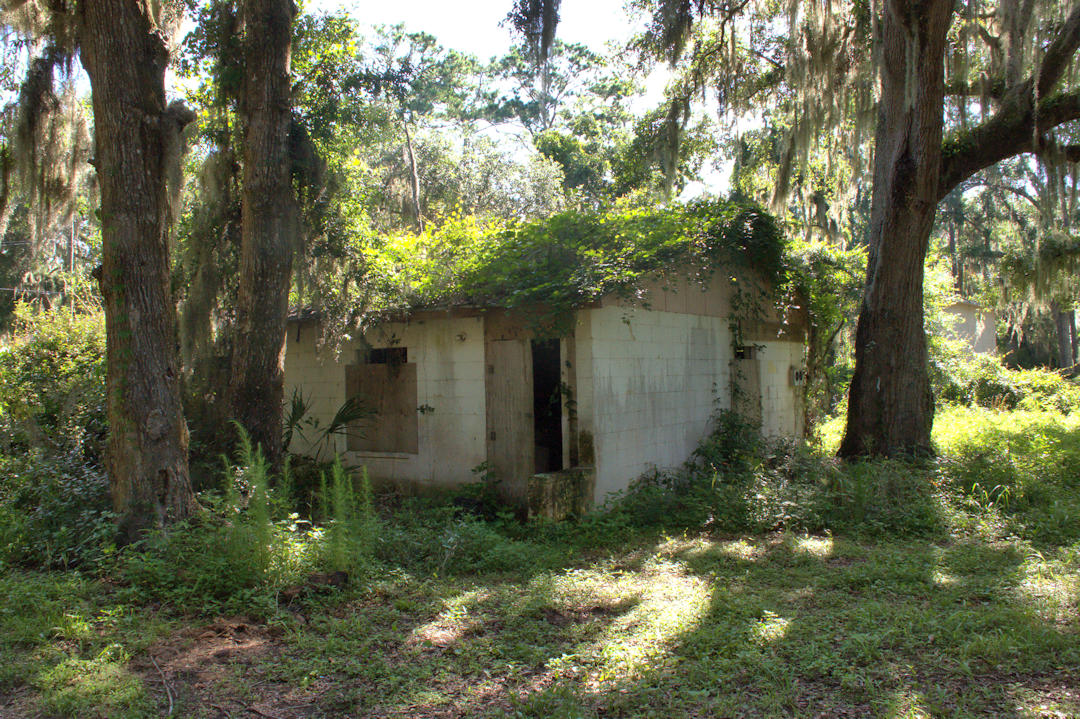
I’ve been collecting Georgia postcards since I was a teenager and have several thousand now. Besides my hometown, my favorite area to collect is the coast, Jekyll Island especially. This is just a small sampling of my Jekyll Island collection. Besides interesting glimpses into an earlier time, the cards are important primary historical sources. All of these images are in the public domain.

Having spent countless vacations with my parents on Jekyll, it’s a part of my history. Hand-colored Albertypes are my favorite cards and are among the most sough-after of the Jekyll Island cards.

The island was a haven for millionaires and some of the most famous American families during the late Victorian and early Edwardian eras, and the postcards produced for members of the Jekyll Island Club were quite special. You’ll note that on some of the cards, Jekyll is spelled “Jekyl”. I’m not sure why the distinction, since the island’s namesake, Sir Joseph Jekyll, spelled his name with two “l”s.

Many of the Albertypes focus on the natural and undeveloped aspects of the island, which luckily, can still be seen today.

Bicycling was all the rage in the early 1900s. The card pictured below shows one of several bicycle paths maintained for the enjoyment of club members.

The beach buildings in the card below were for use by members of the Jekyll Island Club. They look quite primitive by today’s standards.

Golf was first brought to Jekyll by members of the Jekyll Island Club and remains a popular pastime today.

Women were as involved in golf on Jekyll as men, as this view suggests.

Golf was probably more popular than sunbathing in the Club Era, at least with adults.

Mistletoe, as the house was known, is virtually unchanged today.

This multi-view card was published by Brunswick booksellers Fleming & Bryant. Along with H. O. Lederer, they were the primary publishers of early Jekyll Island cards. Featured are Solterra, which burned in 1914, Goodyear Cottage, and Mistletoe.

Like H. O. Lederer, Fleming & Bryant focused on the club grounds, as well as natural scenes like the one below.

On of my favorite cards is this moonlight view of the Jekyll River.

Several commercial publishers besides the Albertype Company were also distributing nice views of the island.

The Clubhouse features prominently in many of them. The view below, showing Solterra Cottage and its dovecote* on the left and Faith Chapel on the right, is a nice perspective, possibly made from the turret on the clubhouse. *-The dovecote survived the fire and is still standing.














































